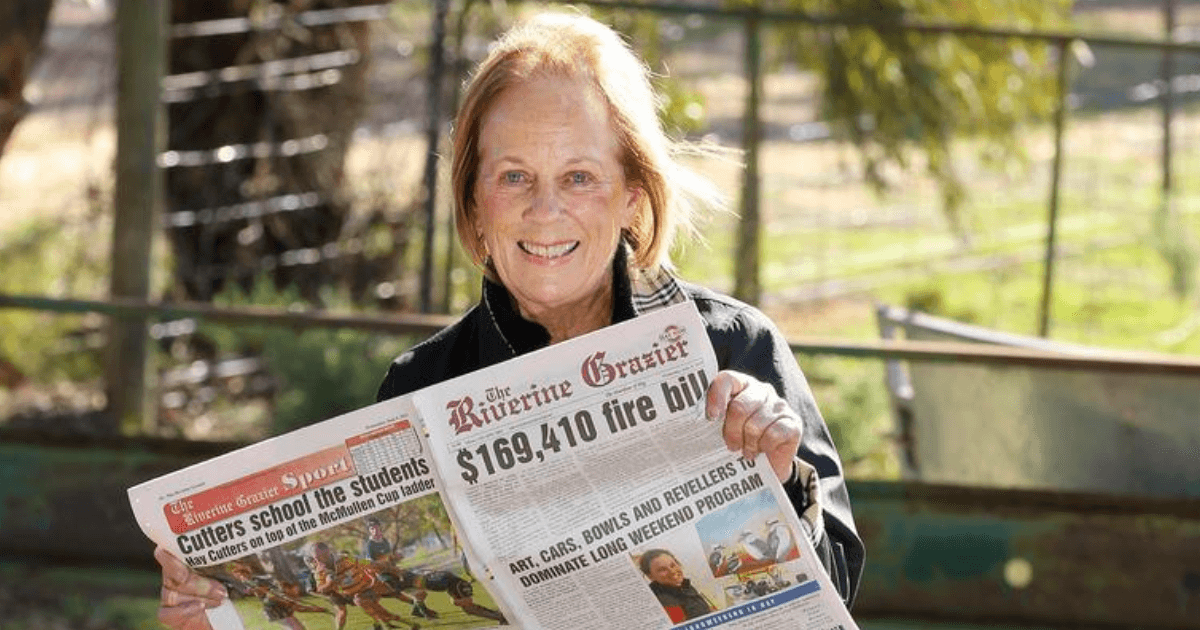Fresh ideas might be just the thing for your local publication and you may already be thinking about ways to engage younger writers and emerging journalists– but we know smaller media organisations have limited resources.
Here is how some LINA member newsrooms are creating opportunities for young people in their areas, without generating too much extra work.
- Start off by offering a mentorship or shadowing opportunity
You may not want to hire someone right out the gate. Offering mentoring services can help you gauge whether you’ve got the capacity to support an emerging journalist.
Editor of The Westsider, Barbara Heggen says “when I came on board one of the first things I did was get into contact with RMIT University to see if we could get some student journalists writing stories for us.”
Get in contact with a local school or university, and let them know you’re open and willing to meet with any students who are considering a career in journalism.
Making connections with up-and-coming talent might benefit you later on, even if you can’t hire any new journalists for the time-being. Remember – you have unique and useful experience from the local and independent news perspective, and your advice could be really valuable to a young journalist.
Barbara shared a story on LINA’s Meet the Newsrooms podcast about a group of student journalists who covered a sensitive housing crisis story in the Techno Park Drive community. The photos they attached to the article were not of the people who lived in the community, but instead of storage tanks and other industry buildings.
The paper received some backlash from residents for not portraying the area accurately, which Barbara believes was justified.
She suggests making sure the journalists you engage really get to know the community they’re reporting on.
- Kick-start an ‘Editor for a Day’ program for local students, taking inspiration from LINA newsroom The Riverine Grazier
Tertia Grazier has been the editor of The Riverine Grazier since 1995. She recently spoke on LINA’s Meet the Newsrooms podcast about how she involves students from the local school with her paper.
The school nominates one student every year to win the ‘Riverine Grazier Young Journalist of the Year Award’ – usually someone that excels in writing. That student is presented with an official certificate from Riverine Grazier and gets to visit the newspaper on a day of their choosing to sit at the editor’s desk for a day. They get to write about whatever they like, and it will be published in the newspaper.
This is a fun way to get the kids excited and involved in the newspaper, as well as producing some content to publish at the same time.
3. Use LINA’s sub-editing service, which is free for articles written by an intern
If you’re engaging in a younger journalist, perhaps through the ‘Editor for a Day’ program outlined above, you are eligible to access LINA’s sub-editing service at a fully subsidised rate.
LINA has a team of ten highly skilled sub-editors, at a senior and junior level. Simply upload your article to our sub-editing page, and get your piece returned copyedited and ready to go within 48 hours.
If an intern has written the article, it will be sub-edited completely for free.
4. Host a skills workshop
Hosting skills workshops or newsroom open day is a practical way to demystify journalism and welcome new talent into the fold. Even a half-day session on pitching, interviewing or fact-checking can give students and early-career writers valuable insight into how a newsroom operates.
You could also run a media literacy workshop, focusing on how to critically assess news sources, understand how stories are constructed and spot misinformation. Showing people the process you follow to source and check a story is a great way to help young people identify reliable sources of information. These sessions would be useful for students as well as other members of the community who want to better understand the media landscape.
Local newsrooms are well placed to lead the media literacy conversation, and in the long run, teaching your readership how to spot reliable information can help foster trust in your publication.


